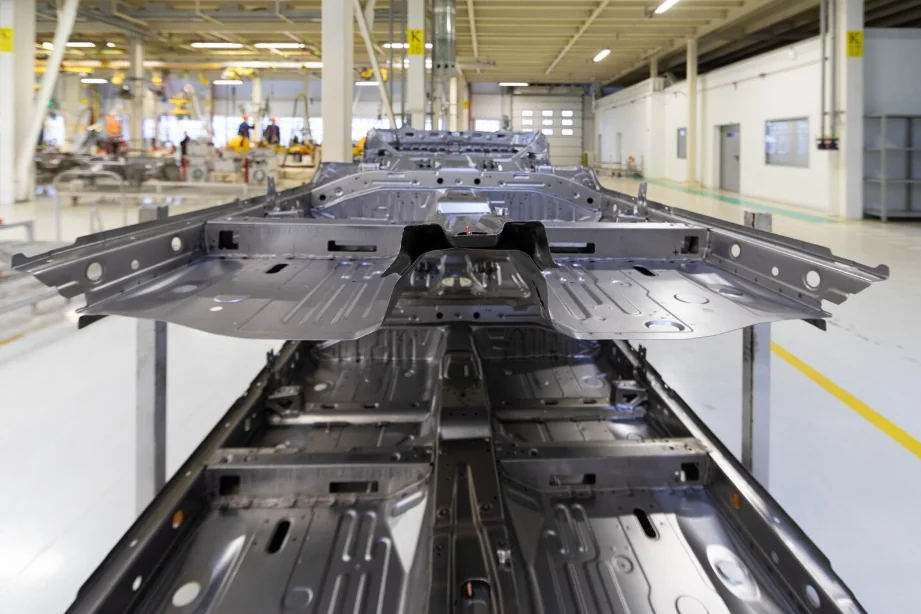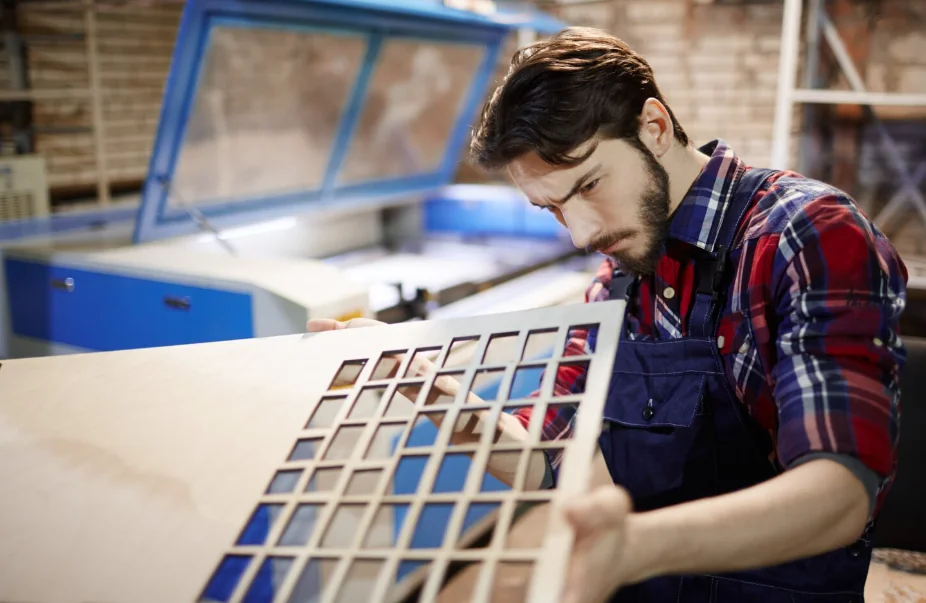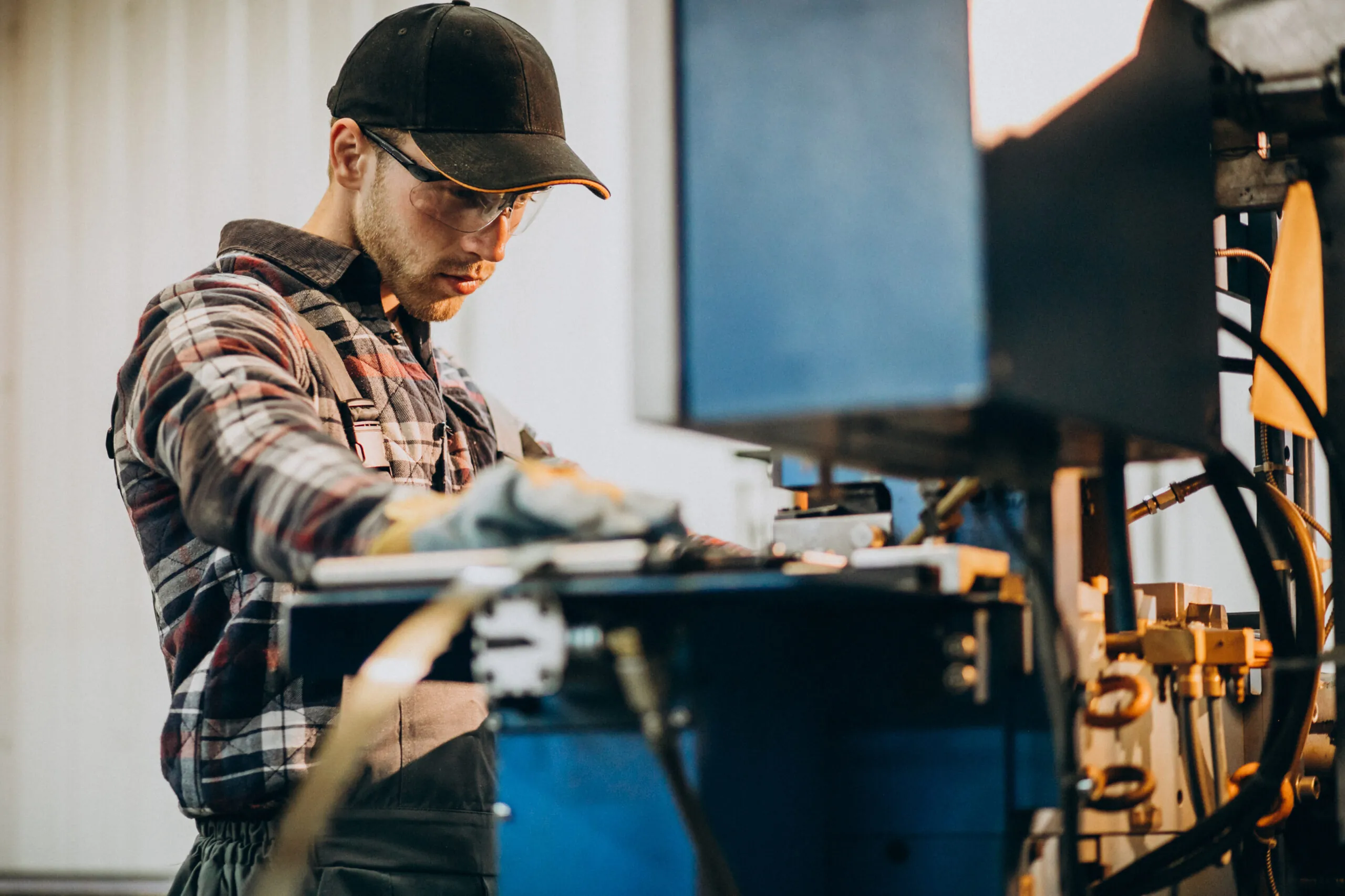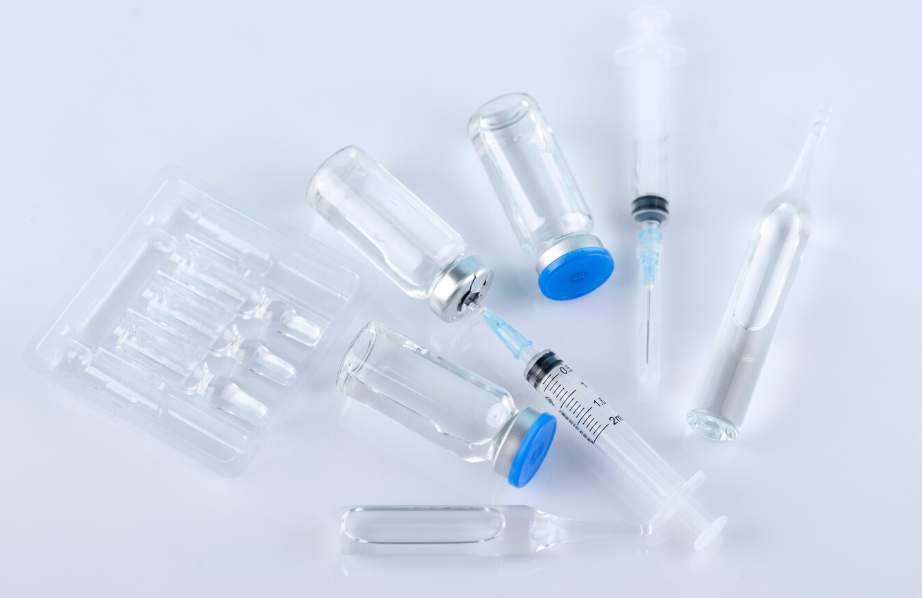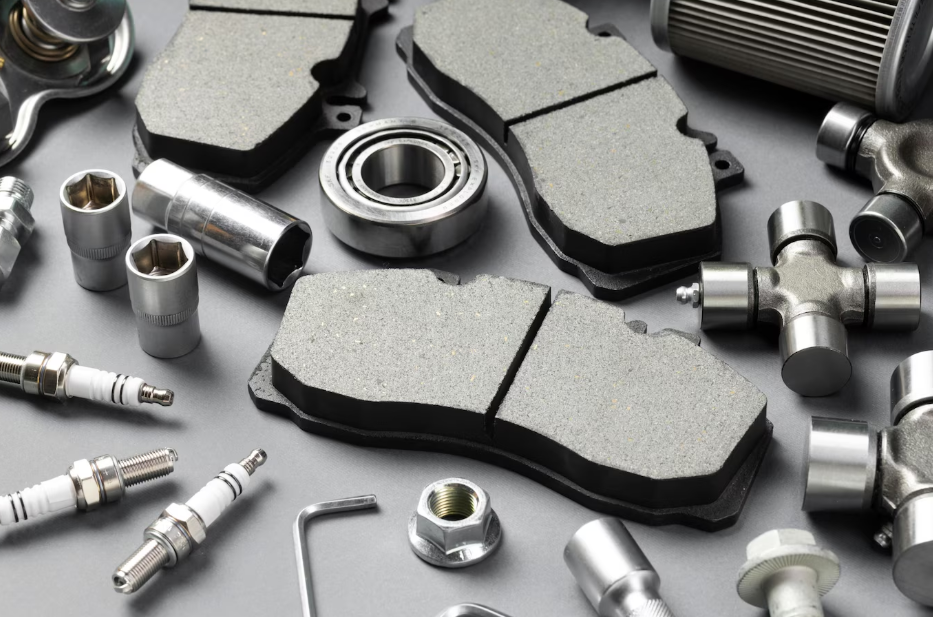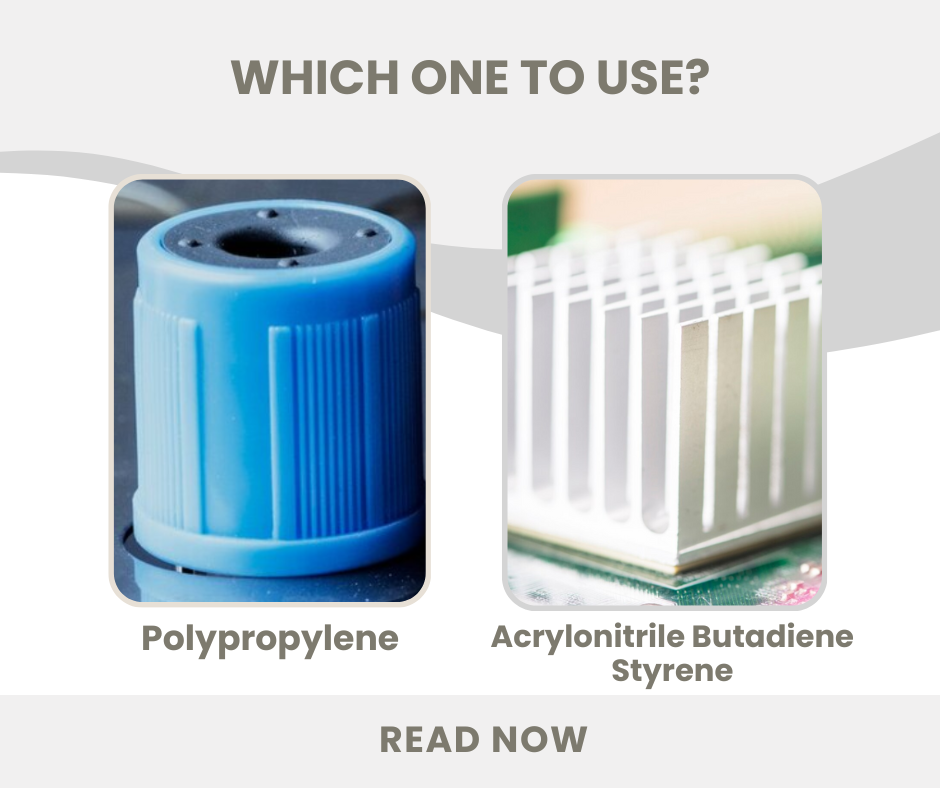Global healthcare growth means that every implant, pump, and wearable device now requires micron-level accuracy. Analysts predict the device market will reach $1.3 trillion by 2029[1], driven by miniaturized wearables that tighten tolerances. Regulators respond with stricter FDA classification and CGMP rules that integrate safety into every stage of the production process.
So, plants lean on automated inspection, clean-room robotics, and high-precision medical plastic injection molding to deliver consistent, safe parts at scale. This article will highlight the top 5 benefits of using injection molding in this field.
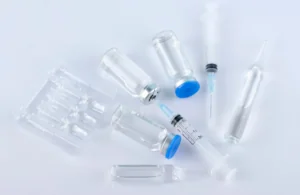
(Copyright photo from https://www.freepik.com/free-photo/top-view-vials-syringes-arrangement_24482244.htm)
Table of Contents
ToggleBenefit #1: High Precision and Repeatability
When lives are on the line, there’s no room for dimensional errors. With medical plastic injection molding, hardened steel molds cut by CNC and EDM maintain cavity sizes within ±0.001 in—or 25 µm—over millions of cycles. Closed-loop control of melt temperature, injection speed, and pack pressure means every shot fills, packs, and cools the same, holding part dimensions in the ±0.001-0.005 in band.
Scientific molding layers on cavity-pressure sensors and data logging so technicians spot drift before parts stray outside the window. Formal IQ, OQ, and PQ studies then verify CpK values, demonstrating that the process can maintain those tight tolerances across long runs. Finally, ISO-class cleanrooms and lot-tracked resins lock down the environment and material variables, further tightening precision.
Benefit #2: Compatibility with Medical-Grade Materials
- PEEK (Polyetheretherketone) is favored for implants because it withstands years in the body and has already passed ISO 10993 and USP Class VI biocompatibility tests. The FDA accepts data in resin master files, allowing suppliers to support 510(k) submissions without requiring new animal testing.
- For clear housings and tools, life-science polycarbonate is chosen. It appears in FDA 21 CFR 177.1580 and carries ISO 10993 and USP Class VI reports. The resin is non-cytotoxic, non-sensitizing, and non-hemolytic, helping engineers reduce redundant biocompatibility testing during regulatory submissions.
- When a soft grip or elastic seal is needed, medical TPE grades supply shore-A flexibility, meet ISO 10993 and USP Class VI, and tolerate steam, EtO, or gamma sterilization.
All families ship in lot-tracked, pre-colored batches with change control procedures compliant with ISO 13485 quality management standards. The built-in compliance means a validated medical plastic injection molding process can focus on dimensions and cleanliness without needing to re-verify chemical composition.
Benefit #3: Cost Efficiency for High-Volume Production
In medical device manufacturing, tight cost control is essential due to stringent quality requirements and large production volumes. Injection molding achieves cost efficiency by optimizing tooling, cycle time, automation, and waste reduction—key factors that directly lower per-unit costs without compromising quality.
Per-Unit Cost Drivers
- Tooling cost spreads over more parts, dropping the unit price.
- Multi-cavity molds eject several parts per shot.
- Fast cycle times cut machine hours and energy.
- Automation trims labor and keeps machines running 24/7.
- Hot-runner systems slash sprue waste.
- Stable process decreases scrap and rework.
Disposables versus Structural Parts
Medical plastic injection molding lets one press pump out millions of single-use syringe plungers annually, Y-connectors, and caps without blowing the budget, while the same tooling strategy also delivers rigid polycarbonate or PC/ABS housings for monitors and diagnostic gear. So while the low per-shot cost is ideal for disposables, the same equipment can also handle thicker, longer-life components with consistent reliability.
Benefit #4: Design Flexibility for Complex Components
Complex Geometries and Micro Parts
Medical plastic injection molding handles tiny features and unusual shapes. Micro-molding presses shoot resin into cavities that form holes, barbs, and channels in microns. Studies on microfluidic chips show the process keeps channel width and depth accurate at high aspect ratios. Thin-wall techniques hold sections under 1 mm without sink or warp. Ergonomic housings with flowing curves come out clean since cores, slides, and gas assist clear undercuts.
Design Freedom without Losing Strength
Ribs, bosses, and inserts boost stiffness, so bold shapes resist cracking. Gas assist keeps thick handles hollow yet rigid while trimming weight and cost. Fiber-reinforced and high-impact resins keep thin walls tough after drops and sterilization cycles. Clear polycarbonate housings stay tough and user-friendly when ribbed appropriately. Hence, with medical plastic injection molding, you can merge metal and plastic and still meet ISO durability tests.
Benefit #5: Cleanroom Capability and Regulatory Compliance
Medical plastic injection molding offers specialized cleanroom molding options designed to meet the stringent requirements of sensitive applications such as implantable devices. These controlled environments—typically ISO Class 7 or 8—ensure minimal particulate contamination and maintain consistent temperature and humidity to protect product integrity during molding.
In addition to cleanroom injection molding, advanced traceability systems, thorough documentation practices, and rigorous quality control processes are integral to the production workflow. Together, these measures help manufacturers achieve and maintain full compliance with ISO 13485 standards, ensuring safety, reliability, and regulatory confidence for critical medical components.
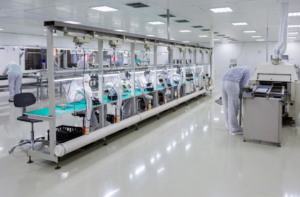
(Copyright photo from https://www.freepik.com/free-photo/people-white-isolating-costumes-working-laboratory_26150884.htm)
Partner with APT-Mold for Reliable Medical Injection Molding
From high precision and repeatability to cleanroom-ready production, injection molding offers a powerful solution for modern medical device manufacturing. If these are the qualities you’re looking for in your next project, a qualified partner can help ensure it’s done right from the start.
APT-Mold specializes in high-precision medical prototyping that accelerates product development through fast, accurate, and cost-effective solutions. With ISO 9001 certification, advanced CNC and 3D printing technologies, precision injection molding, and 24/7 engineering support, we help medical teams quickly validate designs, reduce risks, and meet strict regulatory standards. Our DFM analysis and rigorous quality control ensure each prototype is production-ready.
For medical innovators, receive expert support and a project estimate now.
Reference
- Medical device industry projected to grow 9.8% from 2024 through 2029. Available at: https://www.medicaleconomics.com/view/medical-device-industry-projected-to-grow-9-8-from-2024-through-2029(Accessed on June 4, 2025 )

